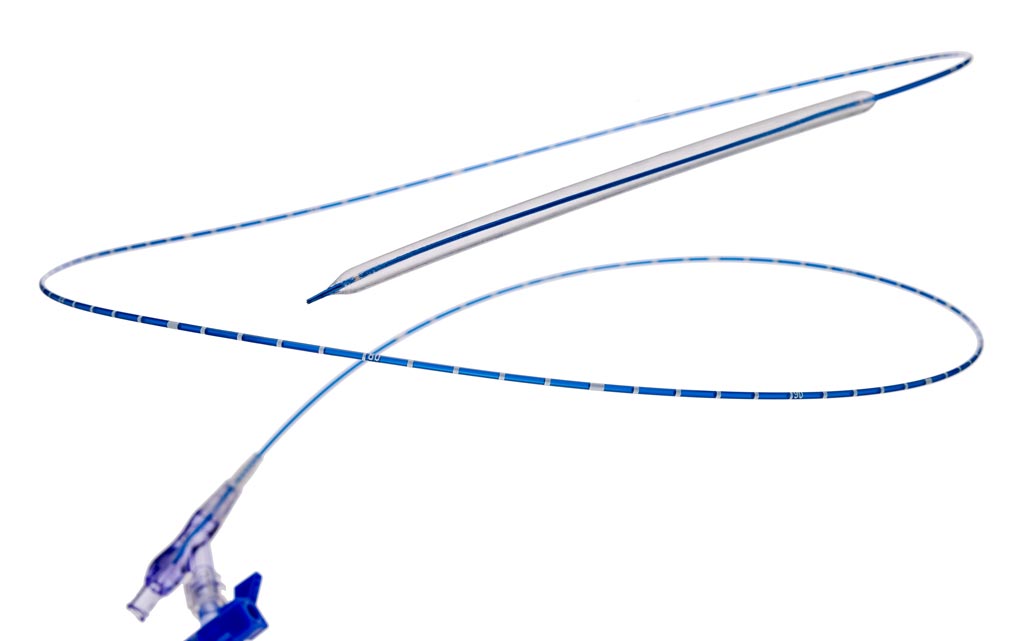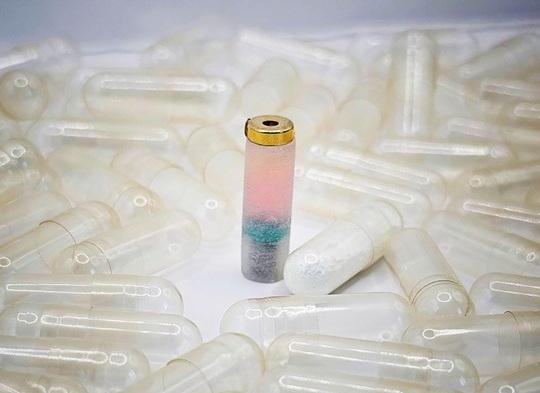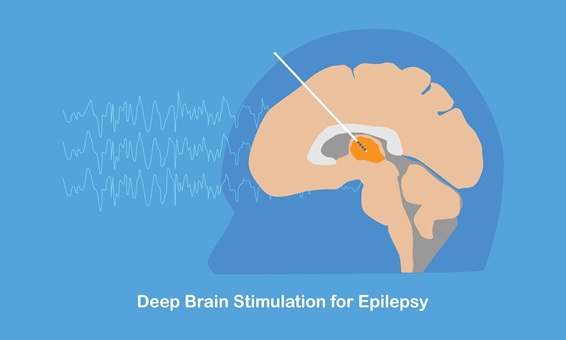DCB Catheter Maintains Patent AV Fistula
|
By HospiMedica International staff writers Posted on 13 Sep 2017 |

An innovative drug coated balloon (DCB) catheter helps clear the stenotic lesions that form in dialysis arteriovenous (AV) fistulae placed in end stage renal disease (ESRD) dialysis patients.
An innovative drug coated balloon (DCB) catheter helps clear the stenotic lesions that form in dialysis arteriovenous (AV) fistulae placed in end stage renal disease (ESRD) dialysis patients.
The C. R. Bard (Murray Hill, NJ, USA) Lutonix 035 DCB percutaneous transluminal angioplasty (PTA) catheter is coated with paclitaxel, an anti-proliferative drug commonly used to prevent arterial restenosis. The highly efficient formulation of paclitaxel, polysorbate, and sorbitol allows the low profile DCB catheter to deliver a therapeutic dose to the artery wall in a single, short inflation, while keeping the dose of paclitaxel on the balloon itself as low as possible.
The Lutonix 035 DCB catheter is designed to minimize the size of the access site, while maintaining ease-of-use. It is available in lengths of 40, 60, 80, 100, 120, and 150 mm, and in diameters of 4-6 mm (in catheters up to 150 mm in length), and 7 mm in catheters up to 60 mm in length. The DCB also features the GeoAlign marking system, a simple-to-use, non-radiopaque ruler on the catheter shaft itself that facilitates repeatable catheter alignment at the lesion, and increase procedure efficiency by minimizing fluoroscopy exposure.
“For patients undergoing hemodialysis for kidney failure, who already spend a significant portion of their time undergoing dialysis and other treatments, repeated reinterventions to maintain AV access can be an added burden, with many patients returning as frequently as every other month,” said Professor Scott Trerotola, MD, of the University of Pennsylvania (Penn; Philadelphia, USA). “The Lutonix 035 DCB catheter…is intended to offer patients with end-stage renal disease fewer interruptions in treatment and less time undergoing access maintenance, potentially leading to improved patient satisfaction and quality of life.”
ESRD is the fifth and last stage of chronic kidney disease (CKD), signifying that the kidneys are working at less than 10% capacity, and that dialysis or a kidney transplant are necessary. ESRD is also associated with an increased incidence and prevalence of a wide range of cardiovascular disease, including stroke, coronary artery disease, congestive heart failure (CHF), atrial fibrillation (AF), sudden cardiac death, pulmonary hypertension, and valvular heart disease.
The C. R. Bard (Murray Hill, NJ, USA) Lutonix 035 DCB percutaneous transluminal angioplasty (PTA) catheter is coated with paclitaxel, an anti-proliferative drug commonly used to prevent arterial restenosis. The highly efficient formulation of paclitaxel, polysorbate, and sorbitol allows the low profile DCB catheter to deliver a therapeutic dose to the artery wall in a single, short inflation, while keeping the dose of paclitaxel on the balloon itself as low as possible.
The Lutonix 035 DCB catheter is designed to minimize the size of the access site, while maintaining ease-of-use. It is available in lengths of 40, 60, 80, 100, 120, and 150 mm, and in diameters of 4-6 mm (in catheters up to 150 mm in length), and 7 mm in catheters up to 60 mm in length. The DCB also features the GeoAlign marking system, a simple-to-use, non-radiopaque ruler on the catheter shaft itself that facilitates repeatable catheter alignment at the lesion, and increase procedure efficiency by minimizing fluoroscopy exposure.
“For patients undergoing hemodialysis for kidney failure, who already spend a significant portion of their time undergoing dialysis and other treatments, repeated reinterventions to maintain AV access can be an added burden, with many patients returning as frequently as every other month,” said Professor Scott Trerotola, MD, of the University of Pennsylvania (Penn; Philadelphia, USA). “The Lutonix 035 DCB catheter…is intended to offer patients with end-stage renal disease fewer interruptions in treatment and less time undergoing access maintenance, potentially leading to improved patient satisfaction and quality of life.”
ESRD is the fifth and last stage of chronic kidney disease (CKD), signifying that the kidneys are working at less than 10% capacity, and that dialysis or a kidney transplant are necessary. ESRD is also associated with an increased incidence and prevalence of a wide range of cardiovascular disease, including stroke, coronary artery disease, congestive heart failure (CHF), atrial fibrillation (AF), sudden cardiac death, pulmonary hypertension, and valvular heart disease.
Latest Surgical Techniques News
- Minimally Invasive Endoscopic Surgery Improves Severe Stroke Outcomes
- Novel Glue Prevents Complications After Breast Cancer Surgery
- Breakthrough Brain Implant Enables Safer and More Precise Drug Delivery
- Bioadhesive Sponge Stops Uncontrolled Internal Bleeding During Surgery
- Revolutionary Nano Bone Material to Accelerate Surgery and Healing
- Superior Orthopedic Implants Combat Infections and Quicken Healing After Surgery
- Laser-Based Technique Eliminates Pancreatic Tumors While Protecting Healthy Tissue
- Surgical Treatment of Severe Carotid Artery Stenosis Benefits Blood-Brain Barrier
- Revolutionary Reusable Duodenoscope Introduces 68-Minute Sterilization
- World's First Transcatheter Smart Implant Monitors and Treats Congestion in Heart Failure
- Hybrid Endoscope Marks Breakthrough in Surgical Visualization
- Robot-Assisted Bronchoscope Diagnoses Tiniest and Hardest to Reach Lung Tumors
- Diamond-Titanium Device Paves Way for Smart Implants that Warn of Disease Progression
- 3D Printable Bio-Active Glass Could Serve as Bone Replacement Material
- Spider-Inspired Magnetic Soft Robots to Perform Minimally Invasive GI Tract Procedures
- Micro Imaging Device Paired with Endoscope Spots Cancers at Earlier Stage
Channels
Critical Care
view channel
Smartphone Imaging System Enables Early Oral Cancer Detection
Oral cancer is often diagnosed at an advanced stage, reducing survival rates despite the mouth’s easy accessibility for visual exams. Many dentists and hygienists can identify abnormal lesions but lack... Read more
Swallowable Pill-Sized Bioprinter Treats GI Tract Injuries
Soft tissue injuries in the gastrointestinal tract, such as ulcers and hemorrhages, are typically treated through invasive surgical procedures that carry high risks and do not always result in permanent repair.... Read morePatient Care
view channel
Revolutionary Automatic IV-Line Flushing Device to Enhance Infusion Care
More than 80% of in-hospital patients receive intravenous (IV) therapy. Every dose of IV medicine delivered in a small volume (<250 mL) infusion bag should be followed by subsequent flushing to ensure... Read more
VR Training Tool Combats Contamination of Portable Medical Equipment
Healthcare-associated infections (HAIs) impact one in every 31 patients, cause nearly 100,000 deaths each year, and cost USD 28.4 billion in direct medical expenses. Notably, up to 75% of these infections... Read more
Portable Biosensor Platform to Reduce Hospital-Acquired Infections
Approximately 4 million patients in the European Union acquire healthcare-associated infections (HAIs) or nosocomial infections each year, with around 37,000 deaths directly resulting from these infections,... Read moreFirst-Of-Its-Kind Portable Germicidal Light Technology Disinfects High-Touch Clinical Surfaces in Seconds
Reducing healthcare-acquired infections (HAIs) remains a pressing issue within global healthcare systems. In the United States alone, 1.7 million patients contract HAIs annually, leading to approximately... Read moreHealth IT
view channel
Printable Molecule-Selective Nanoparticles Enable Mass Production of Wearable Biosensors
The future of medicine is likely to focus on the personalization of healthcare—understanding exactly what an individual requires and delivering the appropriate combination of nutrients, metabolites, and... Read moreBusiness
view channel
Philips and Masimo Partner to Advance Patient Monitoring Measurement Technologies
Royal Philips (Amsterdam, Netherlands) and Masimo (Irvine, California, USA) have renewed their multi-year strategic collaboration, combining Philips’ expertise in patient monitoring with Masimo’s noninvasive... Read more
B. Braun Acquires Digital Microsurgery Company True Digital Surgery
The high-end microsurgery market in neurosurgery, spine, and ENT is undergoing a significant transformation. Traditional analog microscopes are giving way to digital exoscopes, which provide improved visualization,... Read more
CMEF 2025 to Promote Holistic and High-Quality Development of Medical and Health Industry
The 92nd China International Medical Equipment Fair (CMEF 2025) Autumn Exhibition is scheduled to be held from September 26 to 29 at the China Import and Export Fair Complex (Canton Fair Complex) in Guangzhou.... Read more














